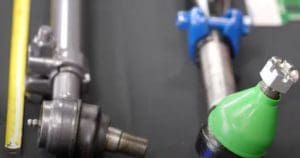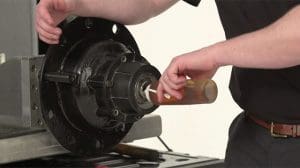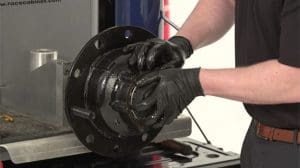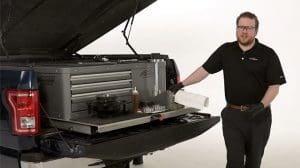In the highly competitive world of commercial trucking, healthy maintenance practices cultivate safety and profitability. Regular maintenance can keep trucks running at peak performance, and that’s one of the best ways to prevent costly repairs and downtime. It’s all about being consistent and addressing potential problems before they become major issues. In this article, we’ll discuss a few tips that can help explain the importance of developing efficient preventative maintenance practices for your fleet.
How To Schedule Preventative Maintenance for Your Truck
As a fleet manager, it’s important to stay proactive when keeping tabs on permits, licenses, expenses, and registrations. Doing so will ensure that you avoid costly fines. The same applies when monitoring driver reports and maintenance schedules. An efficient system is the key to staying ahead and addressing issues before they become more expensive problems. By prioritizing these items, you position yourself to minimize risks, reduce downtime, and keep your fleet running smoothly.
Automated data management systems offer a reliable and accurate way to monitor driving behaviors and vehicle mileage. With detailed feedback for each driver, fleet managers find they can more effectively manage the scheduled maintenance for each vehicle.
Our STEMCO Vehicle Technology (SVT™) products use smart technologies to help you make data-driven decisions that simplify maintenance procedures and improve overall fleet safety. For more information, check out our blog on how to get more accurate fleet reporting.
Prep for Spring with our Spring Maintenance Checklist
When temperatures rise in the springtime, it often means it’s time to start thinking about spring cleaning and maintenance for your fleet.
Warmer months—especially the hot summer temperatures—bring more drivers, more construction projects, and more traffic accidents to the roadways. This means the next few months will present the most challenges, so we want to make sure you’re ready and prepared for the miles ahead.
-
Oil and fluids
The change in seasons is a great reminder that it’s also time for an oil change. Routine oil changes can help prevent engine damage while boosting the truck’s performance. Be sure to use this opportunity to also check other important fluids like transmission fluid, coolant, power-steering fluid, brake fluid, and hub cap lubricants (look for signs of leakage around the wheel seals and hub cap gaskets). STEMCO’s Tech Tip 21 is an excellent resource for recommended inspection of both oil and semi-fluid grease applications. Switching out air and fuel filters can also improve fuel efficiency and contribute to the overall health of the truck’s engine.
-
Tires and brakes
The cold winter months really do a number on tires. Pressures drop as temperatures hit frigid lows, significantly reducing tread life and fuel economy. Spring is the perfect time to gauge tire pressures and measure tread depth. If tires look damaged or worn, or can’t hold consistent pressure, the safer—and better—option is to replace them before heading back out on the road. This is especially true if winter tires were used over the past few months.
Also, make a point to inspect brake pads, rotors, and calipers for any signs of wear and tear. Faulty brakes can lead to accidents and costly repairs, so now is a good time for replacements, if necessary.
-
Coolant system and HVAC prep
Now’s also a good time to look over the truck’s coolant system and HVAC so you’re prepared for higher spring and summer temperatures. This also means checking coolant levels (and color), and inspecting any hoses or belts for loose components, leaks, or excessive wear.
You’ll want to ensure the HVAC system is functioning properly, as a malfunctioning system can cause discomfort and safety issues while out on the road. Taking the time to properly prepare the truck’s cooling and HVAC will keep things comfortable from point A to B and beyond.
-
Battery and electrical system
A truck’s battery, starter, and alternator need to be in top shape to prevent any starting issues or getting stranded on the road. Winter takes a toll on batteries as cold weather tends to drain them quickly, so you’ll want to check the battery’s charge and expiration date before heading into the new season. Test the battery and electrical system to compare the voltage after charge and discharge. And, make sure the truck’s lights and signals are working properly to help prevent any further roadside issues.
-
Spring cleaning
Winter weather isn’t kind on the truck’s exterior—it leaves behind corrosive salt and debris. To protect the truck’s paint and appearance, it’s important to give it a good, thorough wash. But don’t stop there! Take some extra time to clean the surfaces inside the truck, including the dashboard, seats, and floor mats. Also, consider replacing the truck’s cabin filter to freshen things up for upcoming spring and summer travels.
Finally, make sure you’re prepared for spring showers and storms by changing out the wipers and cleaning the windshield and windows with a gentle glass cleaner and soft cloth. This will provide peak visibility for the miles ahead—whether rain or shine.
To learn more about other tips and products that can help streamline your fleet, be sure to explore our other Wheelhouse Blogs.









